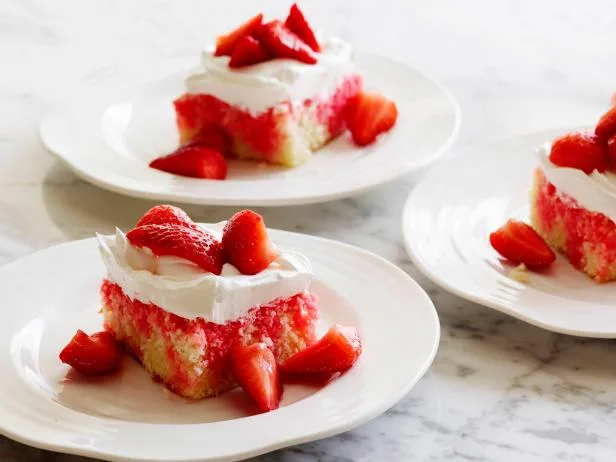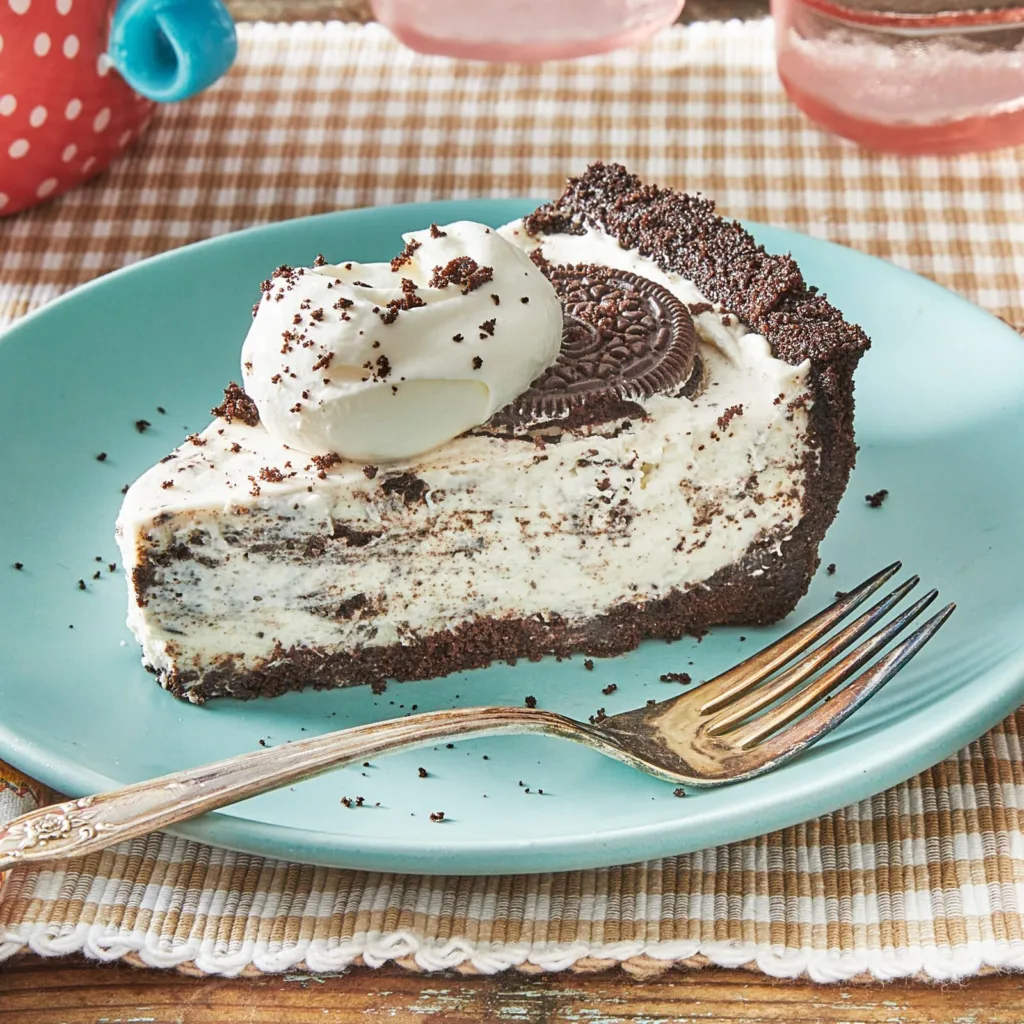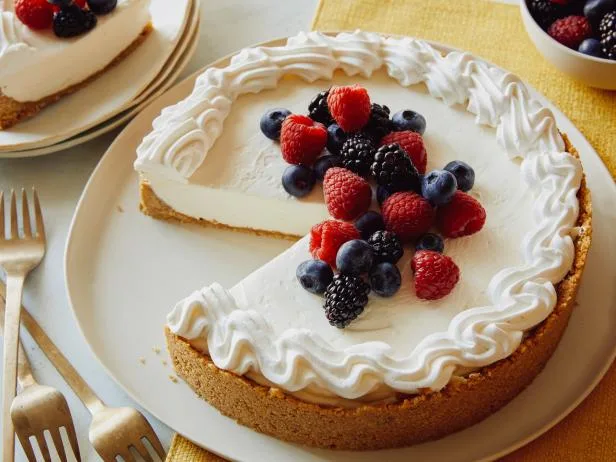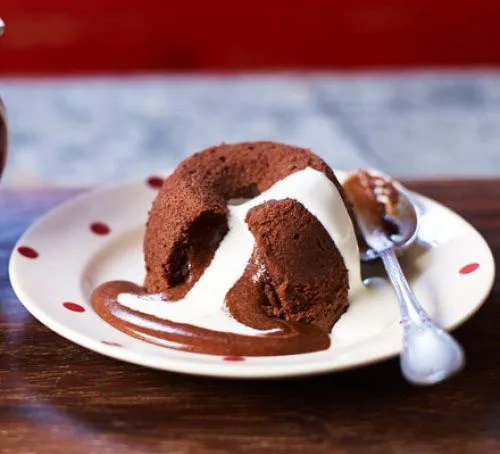Desserts hold a special place in many of our hearts. The sweet taste, creamy textures, and feel-good factor make desserts one of life’s simple pleasures. However, when trying to lose weight or lead a healthier lifestyle, desserts often get labeled as forbidden fruit. But must desserts always be off-limits when pursuing health goals? Not necessarily so.
With the right strategies, enjoying desserts in moderation can absolutely have a place in a successful weight loss or health journey. The key is learning how to indulge smartly, without sabotaging your progress. This comprehensive guide will explore how to strike that delicate balance between enjoying sweet treats and staying on track with your goals. Read on to uncover dessert’s rightful role in crafting a triumphant wellness crusade.

The Allure of Desserts: Understanding Cravings and Temptation
First, let’s dive deeper into the psychological and biological factors that make desserts so irresistible and emotionally evocative. Sugary and fatty foods light up the pleasure sensors in our brains, releasing feel-good chemicals like dopamine and endorphins. This creates powerful memories and associations that link pleasure, reward, and comfort to eating desserts. We often crave desserts precisely because our minds remember just how good that first bite of chocolate cake or spoonful of ice cream once made us feel.
Cravings operate through the reward center in our brains that drives us to seek out pleasure and satisfaction. When you get a dessert craving, your brain is essentially saying “Remember how great you felt the last time you ate this? Go get it so you can feel that way again!”. This helps explain why cravings feel so intense and demanding in the moment.
However, it’s important to note that just because you experience a craving, it doesn’t mean you have to act on it. You still have full ability to consciously choose how to respond, even if it’s difficult. Giving into every single desire can easily derail progress. But at the same time, demonizing desserts and restricting them too severely often backfires. This can create a scarcity mindset around sweets that amplifies cravings and temptation. When dessert feels completely off limits, you give it even more psychological power.
The best approach lies somewhere in the middle – acknowledging and honoring your cravings as legitimate rather than trying to ignore them, but then making mindful choices aligned with your health goals. This balanced mentality allows you to enjoy desserts without letting them control you.
Choosing Quality Ingredients: The Foundation of Healthy Homemade Treats
One powerful strategy for keeping desserts firmly in your corner is finding ways to lighten them up through better ingredients. While store-bought desserts are often loaded with refined sugar, trans fats, preservatives and empty calories, homemade versions allow you full control over what goes into your treats.
Some easy ingredient swaps to make desserts more nutritious include:
- Using unsweetened applesauce or mashed bananas instead of butter or oil to cut back on unhealthy fats without losing moisture.
- Opting for whole wheat or almond flour over heavily processed white flour to increase fiber and protein.
- Mixing in Greek yogurt for a protein and nutrient boost while also adding moisture.
- Adding dark chocolate chips for antioxidants, turning dessert into a guilt-free treat.
- Sweetening recipes with pure maple syrup, dates, or monk fruit instead of refined white sugar, which spikes blood sugar rapidly.
- Incorporating nuts like walnuts or pecans for healthy fats and crunch.
- Mixing spices like cinnamon, nutmeg and ginger which have anti-inflammatory benefits.
- Using coconut oil which contains medium chain triglycerides that may support fat loss.
- Swapping in avocado for its creamy texture and doses of fiber and potassium.
Making these simple substitutions allows you to indulge while pumping up the nutritional value of your desserts considerably. While homemade treats made with quality ingredients are no replacement for healthy whole foods, they can be an occasional component of a well-balanced diet.

Mastering Mindful Portion Control
When eating desserts, quality ingredients are just one part of the equation. Watching your portion sizes is equally important for keeping calories in check on your health journey. Here are some tips to practice mindful portion control:
- Dish out one small serving instead of grabbing a huge portion or the entire pan of brownies. Use smaller plates or bowls to make portions appear more generous.
- Share a dessert with others instead of polishing off the whole thing yourself. Cut treats in half or thirds if needed.
- Savor each bite and eat slowly to appreciate all the flavors rather than rushing through your treat hungrily.
- Allow yourself just a square or two of dark chocolate from the bar when a craving strikes rather than demolishing the entire thing.
- Wrap up and freeze leftover cookie dough, cake batters or frosting into individual servings to pull out later for portion control.
- Drink water with dessert to aid satiety and prevent overeating.
Figuring out reasonable dessert portion sizes that satisfy your cravings but don’t hinder your progress takes some trial and error. Pay close attention to how you feel after eating different amounts and use that as data to guide your decisions. Savoring desserts mindfully goes a long way toward preventing overindulgence.
Exploring Lighter and Nutrient-Packed Dessert Alternatives
Of course, nothing quite compares to biting into a fudgy brownie, smooth cheesecake or creamy ice cream cone. But there are plenty of lighter dessert options that can satisfy your sweet tooth when you want to make a healthier choice. Here are over a dozen ideas to try:
- Greek yogurt parfaits layered with fruit and nuts or crunchy low-sugar granola. The protein in the yogurt helps fill you up.
- Chocolate peanut butter protein balls made from oats, whey protein powder and natural PB. Make a batch to grab for quick protein-packed snacks.
- Baked cinnamon apples with raisins, pecans and a dollop of ricotta cheese for a nutrient-dense lower calorie option.
- Chia seed pudding made with almond milk or coconut milk and fresh berries for fiber, antioxidants and healthy fats that keep you full.
- Nice cream made from blending frozen bananas into a creamy, dairy-free icy treat. Mix in cocoa powder or peanut butter for different flavors.
- Avocado chocolate mousse made by blending avocado, cocoa powder, honey and milk for a decadent treat.
- Fruit and herb infused ice popsicles with real fruit and mint or basil for refreshing sweetness in each bite.
- Dark chocolate coconut clusters mixing shredded coconut, nuts, seeds and 70% dark chocolate for nutrient density.
- Pumpkin oatmeal protein muffins using almond flour, pumpkin, egg whites, cinnamon and chocolate chips.
- Chocolate chia breakfast pudding made with chia seeds, milk, honey, cocoa and a toasted nut topping.
- Berry chickpea blondies created with chickpea flour and fresh berries for a chewy, high-protein sweet treat.
- No-bake cookie dough bars using peanut butter, oats, honey, coconut oil, chocolate chips and nuts for the ultimate guilt-free dessert.
The options are endless once you start experimenting with nutrient-dense ingredients in place of sugar and butter. Homemade healthy desserts let you take control over what goes into your treats.
Strategic Timing: When to Indulge for Maximum Enjoyment
When you eat desserts can truly make all the difference in whether they support your health goals or set you back. Here are some tips for strategic dessert eating:
- Consume lighter nutrient-focused desserts like yogurt, fruit or protein balls regularly with meals as part of a balanced diet.
- Save heavier sugar-laden desserts like cake, ice cream and cookies for special occasions like birthdays, holidays or celebrations.
- Have dessert shortly after finishing a strength training workout, when your body can best utilize the spike in carbohydrates or calories for replenishment and muscle growth.
- Replace an unhealthy salty or sugary snack later in the day with a protein-packed dessert like chia pudding to curb cravings.
- Only eat dessert when you truly feel hungry, not just out of boredom, stress or habit. Dessert should be a conscious choice, not a mindless indulgence.
- Avoid excess desserts in the evenings right before bed. This overloads your body with sugar and calories as you sleep rather than burning them off.
Planning ahead and being mindful of when and why you reach for a sweet treat gives you control over your indulgences. Dessert becomes an intentional boost to your day rather than a source of guilt.

Coping Strategies: Overcoming Intense Dessert Cravings
Despite our best intentions, sometimes dessert cravings feel completely overwhelming. Here are some research-backed tips for coping when that intense ice cream or chocolate temptation strikes:
- Go for a short walk or call a friend to distract yourself until the craving passes. Engaging your mind can help override cravings.
- Drink a full glass of water first. Sometimes we mistake thirst for hunger. Staying hydrated helps prevent false cravings.
- Wait 10-15 minutes before indulging to see if the craving diminishes on its own as the initial intensity subsidizes. Patience pays off.
- Opt for a piece of fresh fruit like berries if you want something sweet. The fiber helps activate satiety.
- Treat yourself to just a small serving of what you’re craving, then wait again before having more. Give the single portion time to hit your stomach.
- Brush your teeth after eating to reset your palate and make sugar less appealing. The fresh taste can help curb further cravings.
- Take a few deep breaths and recite positive affirmations about your willpower and values to get re-centered if a craving hits while you’re feeling stressed or emotional.
It’s perfectly normal to experience strong urges around sweets, especially when first reducing dessert intake. But each small victory makes saying no to temptation a little easier over time. Be patient and positive with yourself through the ups and downs.

The Takeaway: Enjoy Desserts Guilt-Free as Part of a Healthy Lifestyle
Far from needing to be avoided completely, enjoying desserts in moderation can absolutely complement goals like losing weight, building muscle or enhancing nutrition. With mindful approaches to ingredients, portions, timing and managing cravings, sweet treats can exist in harmony with an active lifestyle and wellness.
The next time you get a dessert craving, remember these research-backed insights. Indulge thoughtfully without guilt, feel good about making healthy substitutions when possible, then get right back on track with your goals. No matter where you are on your health journey, progress does not mean depriving yourself of life’s sweet pleasures.
Want more strategies for balancing nutrition, wellness and joyful indulgence? Get your free Wellness Wire newsletter! This monthly resource will be delivered straight to your inbox with science-backed tips, actionable advice, and craveable healthy recipes to help you look and feel your best while still enjoying life. Sweet victory awaits. Sign up now!
For even more intel on eating clean and lean, check out these related articles:
- Top 10 Tips for Avoiding Empty Calories When Cravings Strike
- 5 Big Fat Loss Mistakes Sabotaging Your Progress
- Clean Eating Grocery List for Beginners: The Essentials
- Meal Prep 101: A Complete Guide to Planning and Prepping for Success
With the right mindset, you can have your dessert and eat it too – without the guilt sabotaging your victories. Now enjoy the sweet taste of success!
Thank you for reading this post, don't forget to subscribe to our free newsletter
!